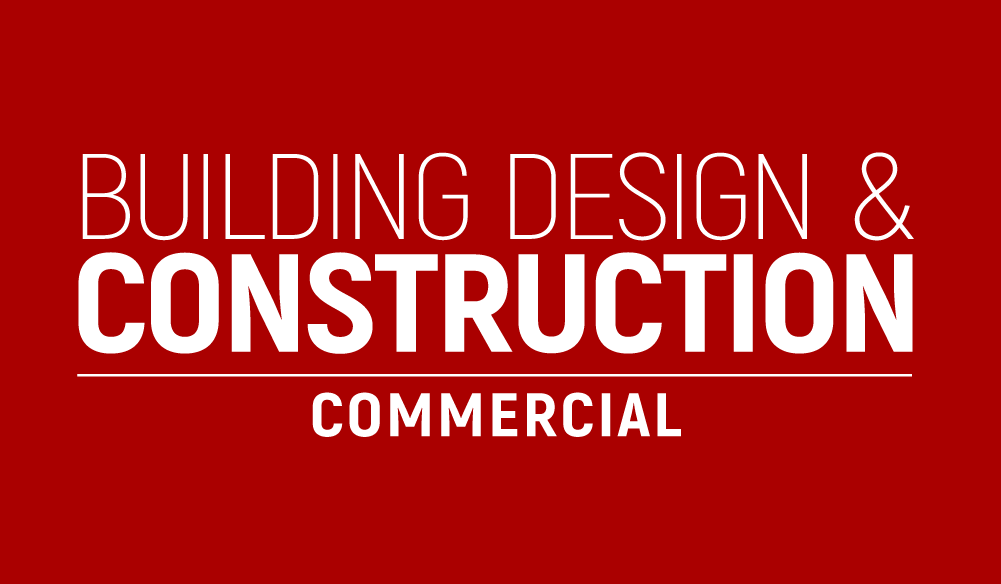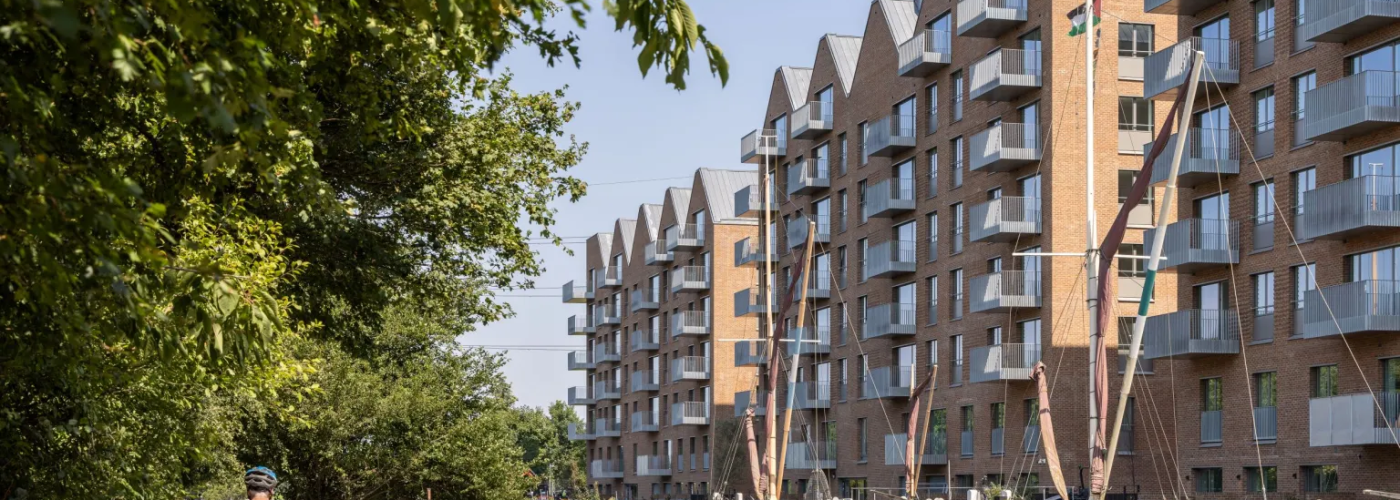One of North London’s waterside neighbourhoods has reached practical completion in Tottenham Hale, bringing 505 new homes to the area.
Hale Wharf is situated off Ferry Lane, close to Tottenham Hale rail and underground stations. The completed project has made a valuable contribution to the Mayor of London and the Greater London Authority’s aspiration for 2,000 new homes in the borough and features local retail space, canal-side public realm and infrastructure which has transformed this part of North London.
Delivered by Waterside Places, a partnership between Canal & River Trust and Muse, the first phase of development saw 249 homes delivered in 2018, with 108 for rent through leading landlord, Grainger plc. The second and final phase has added a further 256 homes to Hale Wharf with 191 affordable homes for LB Haringey and Grainger plc acquiring 65 build-to-rent homes, expanding its ownership within the overall project.
One of the key elements that has helped breathe life into Hale Wharf is a new major pedestrian bridge across the River Lea Navigation. This links the new and surrounding community to a 10-acre area of green space, the Paddock Community Nature Park, opening new public spaces and walking routes for all and wider access to the Lee Valley Regional Park. As with all Waterside Places developments, the water’s edge has also been regenerated thanks to upgrades of access routes for commercial barges as well as canal wall repairs and the addition of floating reed beds.
Waterside Places has delivered this project alongside McLaren Construction and architect Allies and Morrison, with Stace acting as Project Manager.
On behalf of Waterside Places, Chris Coxall, Project Director at Muse, said: “Everyone working in regeneration wants to make a positive and lasting difference in the community. That’s what we feel we have achieved at Hale Wharf. Our scheme has transformed a forgotten waterside area by the River Lee Navigation and created a great place to live with access to green space. The project team recognised the importance of looking beyond the red lines and have found ways to connect the community to a diverse environment of woodland, scrub, meadow and ponds – which makes a huge difference in a densely populated city.”
Building, Design & Construction Magazine | The Choice of Industry Professionals





